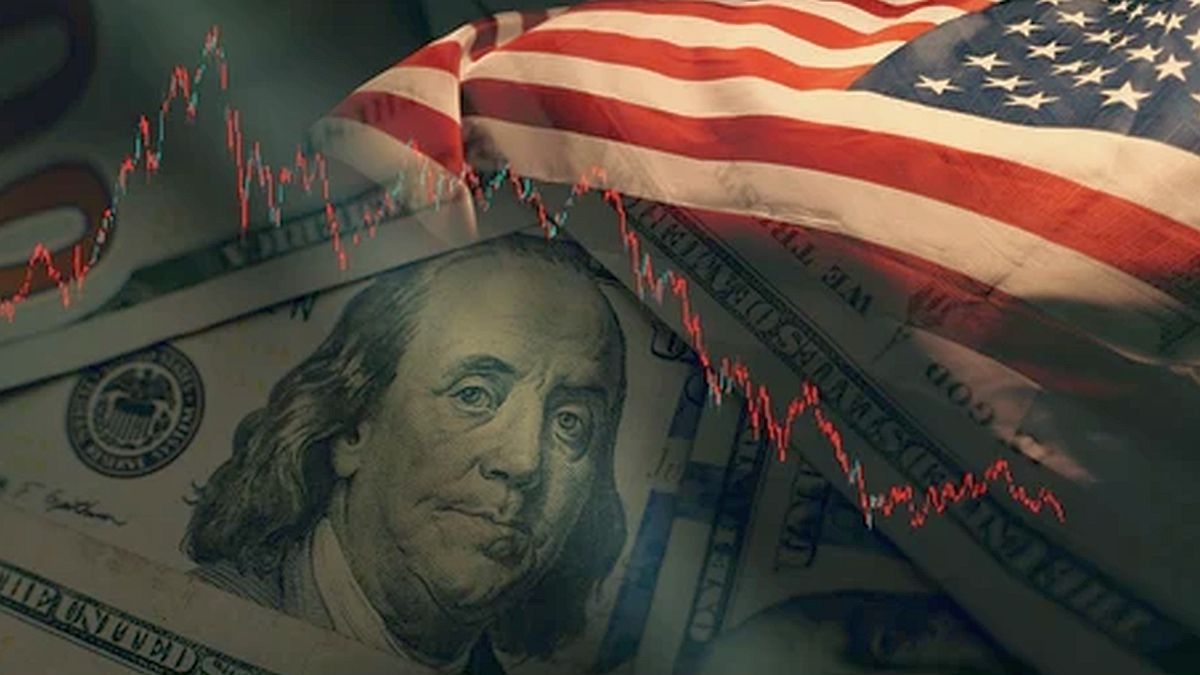The US trade deficit widened more than expected in February, to the decrease exports of goods, suggesting that trade could weigh on economic growth in the first quarter.
The trade deficit rose 2.7% to $70.5 billion, the Commerce Department reported Wednesday. The data from January were revised to show a widening of the gap to 68.7 billion dollars, instead of the 68.3 billion previously reported.
Economists polled by Reuters they had forecast an increase in the trade deficit to 69,000 million dollars.
The exports fell by 2.7%, to $251.2 billion, probably reflecting the slowdown in global demandas well as the previous appreciation of the dollar, which is causing the products made in the United States are less competitive in international markets.
The exports of goods fell by 4.8%, to 169.200 million dollars, weighed down by the declines in natural gas and gold not monetary. exports of vehicles of motor, parts and motors fell 1,900 million dollars, while those of goods of consumption decreased by 1.4 billion. Exports also fell equipment goods. But services exports rose $1.7 billion to $82 billion, boosted by travel.
The imports fell 1.5%, to 321,700 million dollars, and those of goods 2.2%, to 262,200 million. The domestic demand is slowing down in the middle of a rising borrowing costs to control inflation, which has dampened companies’ enthusiasm for increasing their inventory of goods.
The imports of goods of consumption were reduced by 3,700 million dollars, mainly due to the decrease of those of mobile phones and other household itemsprepared pharmacistsas well as cotton clothing and household items. Imports of motor vehicles, parts and engines fell $2.9 billion. But imports of services rose $0.8 billion to $59.5 billion, driven by transportation.
Adjusted for inflation, the goods trade deficit increased by 2.7%, to 104.6 billion dollars. The lower trade deficit was one of the factors that contributed to the 2.6% annualized growth of the economy in the fourth quarter. On Wednesday morning, the Atlanta Federal Reserve was forecasting first-quarter Gross Domestic Product to rise at a rate of 1.7%.
This, added to the data that US manufacturing activity fell to its lowest level in almost three years, deepens expectations that the federated reservel be forced to cut interest rates due to the slowdown in the economy.
Source: Ambito




